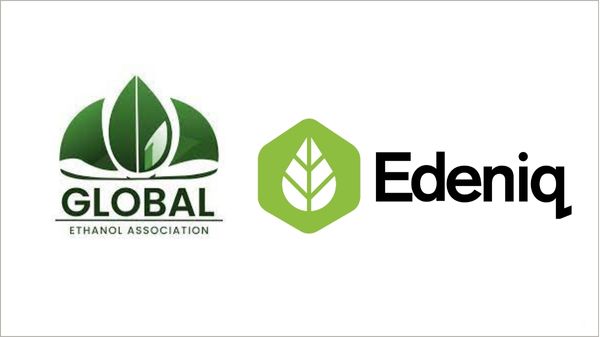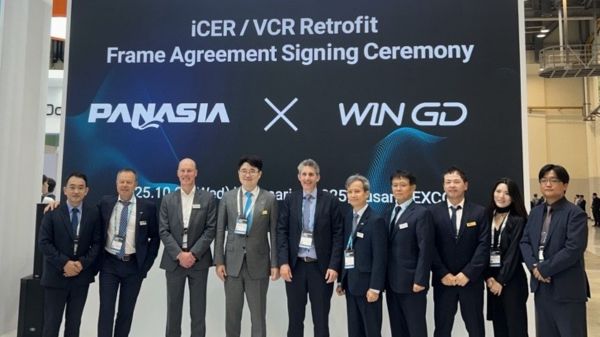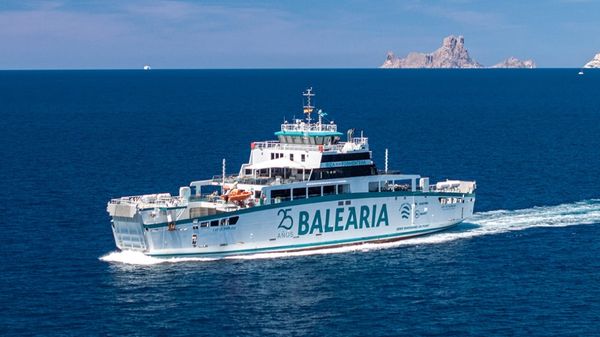

|
Bound4blue establishes China production base for wind propulsion systems
Spanish wind propulsion firm targets Asian shipbuilding market with outsourced manufacturing network. |
|
|
|
||

|
Alfa Laval and Hanwha Ocean Ecotech partner on ammonia fuel systems
Collaboration aims to develop ammonia fuel technology for dual-fuel vessels in the Asian market. |
|
|
|
||

|
Nuclear-powered boxships could deliver $68m annual savings: Lloyd's Register
Small modular reactors could eliminate fuel costs and carbon penalties while boosting cargo capacity, says report. |
|
|
|
||

|
Minerva Bunkering extends Las Palmas terminal concession by 15 years
Bunker supplier adds barge capacity and explores new terminal for energy transition fuels. |
|
|
|
||

|
Ammonia Energy Association releases gas detection whitepaper with Lloyd's Register input
Lloyd's Register contributed expertise to new guidance on ammonia detection systems for the maritime sector. |
|
|
|
||

|
Edeniq joins Global Ethanol Association as founding member
Analytical technology firm to support ethanol-driven solutions across fuels and chemicals sectors. |
|
|
|
||

|
NYK Line and BHP renew partnership for dry bulk decarbonisation
Japanese shipping firm and Australian resources company extend collaboration on alternative fuels and vessel safety. |
|
|
|
||

|
PIL's LNG-fuelled Kota Orkid makes maiden call at Singapore
Pacific International Lines deploys 8,200 TEU vessel on South West Africa route. |
|
|
|
||

|
WinGD and Panasia partner on emissions upgrades for dual-fuel LNG engines
Swiss engine designer signs frame agreement with Korean firm to retrofit X-DF engines. |
|
|
|
||

|
Baleària to trial methanol-to-hydrogen system on electric ferry
Spanish operator to test e-methanol reforming technology on Ibiza-Formentera route. |
|
|
|
||